The material properties and applications of microcrystalline glass ceramics
In the current era of rapid development in materials science, microcrystalline glass ceramics, as a unique high-performance material, are increasingly becoming an indispensable cornerstone in many high-end manufacturing fields. It is neither traditional glass nor ordinary ceramic, but an advanced composite material that perfectly combines the advantages of both through a precisely controlled crystallization process.
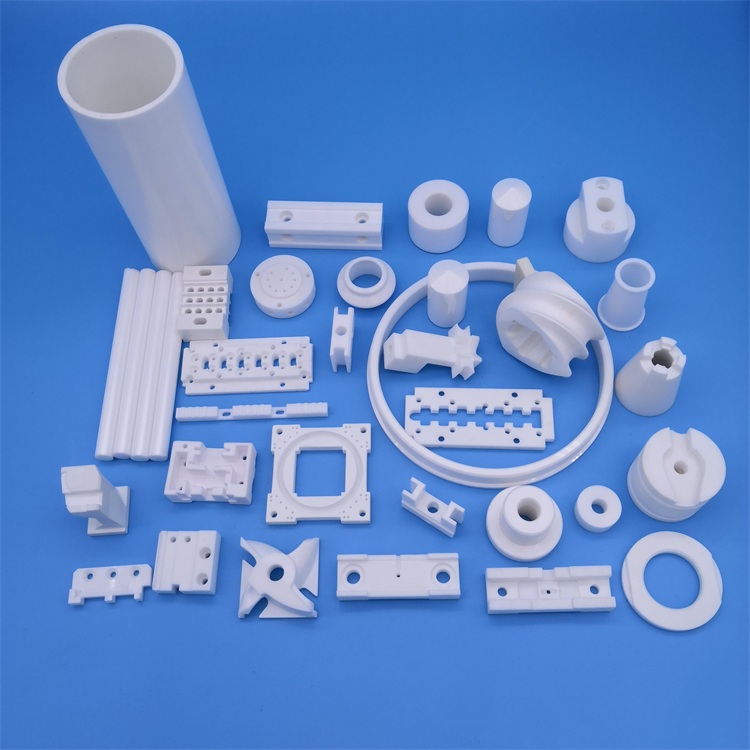
What is microcrystalline glass ceramics?
Microcrystalline glass ceramics, also known as glass ceramics, start their manufacturing process with glass of specific components. Through precise heat treatment processes (nucleation and crystallization), a large number of uniformly distributed nanoscale or micrometer-scale crystals are grown in the glass matrix. This unique microstructure endows it with outstanding performance that surpasses conventional materials.
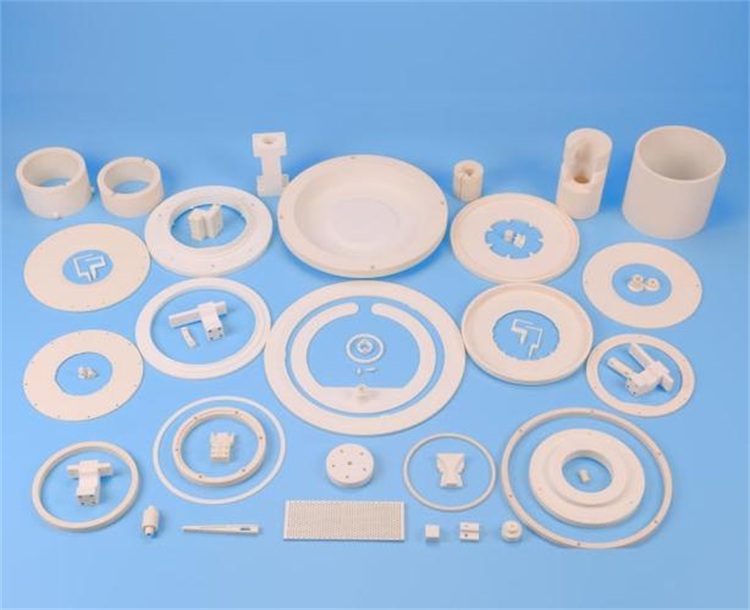
Core material properties and product advantages
The success of microcrystalline glass ceramics stems from a series of adjustable and outstanding material properties, which are directly transformed into the core advantages of the products.
- Extremely high mechanical strength and hardness
Characteristics: Its dense internal crystal structure can effectively prevent crack propagation, and its flexural strength is much higher than that of ordinary glass and ceramics.
Advantages: The product is thinner and lighter, and at the same time has extremely high wear resistance and impact resistance, with a long service life. - Excellent thermal stability and low coefficient of thermal expansion
Characteristics: The coefficient of thermal expansion of certain types of microcrystalline glass ceramics (such as lithium-aluminum-silicon systems) is close to zero, and they are not sensitive to sudden temperature changes.
Advantages: It can withstand extremely high thermal shock (for example, it will not crack when directly taken out of a high-temperature furnace and placed in cold water), and its performance is stable in extreme temperature difference environments. - Excellent chemical stability and biocompatibility
Characteristics: Resistant to acid and alkali corrosion, non-absorbent of water, and non-oxidizing. Some formulas have good biocompatibility.
Advantages: It is suitable for harsh chemical environments and can be used in biomedical fields such as medical devices and dental restorations. - Diverse electrical properties
Features: According to the composition formula, it can achieve performance ranging from excellent insulators to semiconductors, and even conductors.
Advantages: It is an ideal material for high-performance insulating substrates and circuit board carriers in the electronics industry. - Excellent optical performance and processability
Features: By controlling the crystal type and size, various states ranging from transparent, semi-transparent to opaque can be achieved. Meanwhile, it has the ability to be formed in one go like glass, and its shape design is flexible.
Advantages: It meets a wide range of optical application requirements, from the surface of electromagnetic stoves to the mirror blanks of astronomical telescopes.
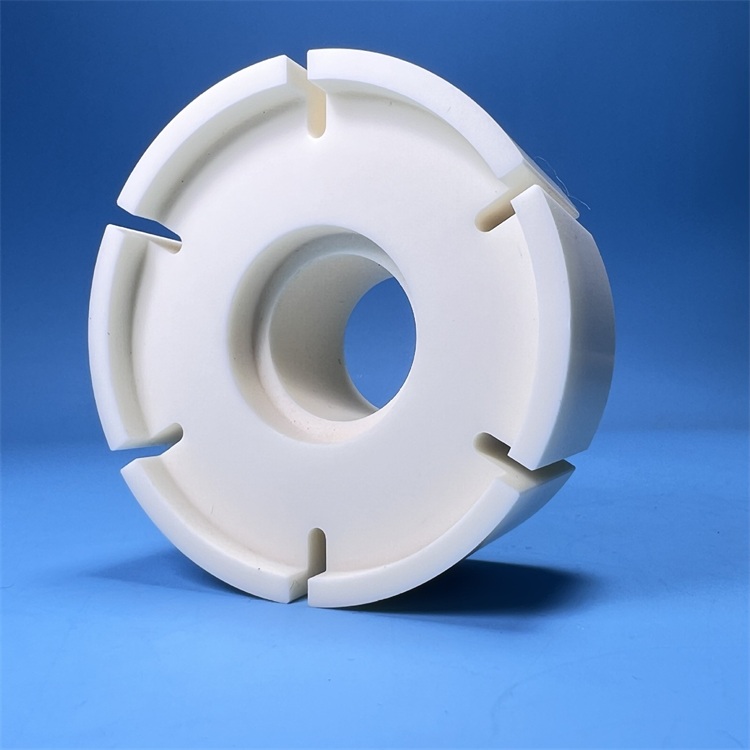
What problems should be solved? — Key application areas
The unique performance combination of microcrystalline glass ceramics makes it a key material for addressing the pain points of specific industries.
Question 1: How can efficient, uniform and safe electromagnetic heating be achieved?
Solution: Electromagnetic stove top. Microcrystalline glass ceramic plates are the perfect panels for induction cookers. They are resistant to high-temperature thermal shock, insulating, and can efficiently conduct magnetic fields. At the same time, they provide a solution for clean and beautiful kitchens.
Question 2: In the aerospace field, how can one find structural materials that are both light and hard, and have extremely high thermal stability?
Solution: Aerospace mirror blanks and structural components. It is used to manufacture the blanks for radomes, missile head cones and space telescopes. Its zero expansion property ensures the accuracy of the optical system under the extreme temperature differences in space.
Question 3: In electronic packaging, how can we ensure stable heat dissipation of chips and circuit insulation at high power?
Solution: Electronic packaging substrate. As a carrier substrate for chips (such as leds and IGBTs), it offers a thermal expansion coefficient matching that of silicon, excellent insulation and high thermal conductivity, solving the problems of chip cracking and performance degradation caused by thermal stress.
Question 4: In the medical field, how can one obtain dental restorations that are both aesthetically pleasing, robust and biocompatible?
Solution: Dental restoration. Microcrystalline glass ceramic dental crowns and veneers, with their vivid color resembling real teeth, high strength and good biocompatibility, have become one of the preferred materials for high-end dental restoration.
Question 5: In the field of chemical engineering, how to deal with the erosion of equipment by highly corrosive media?
Solution: Corrosion-resistant components. It is used for manufacturing pumps, valves, reactor linings, etc. Its outstanding chemical corrosion resistance significantly extends the service life of the equipment under harsh working conditions.
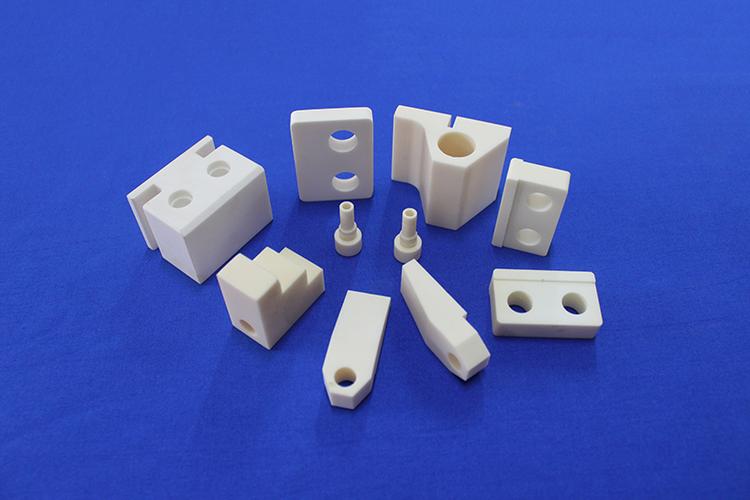
Real customer cases (anonymous)
Case One: A certain high-end home appliance brand
Challenge: The brand plans to launch an ultra-thin induction cooker, but is dissatisfied with the strength and temperature difference resistance of the existing microcrystalline glass panel, which limits the product design.
Solution: We customized a high-strength lithium aluminum silicon microcrystalline glass for it. By optimizing the crystallization process, we increased the flexural strength by 30% while maintaining a high light transmittance, and improved the thermal shock resistance temperature difference by more than 100°C.
Result: The customer successfully launched a market-leading ultra-thin series of products. The panels are more robust and durable, and the design is more aesthetically pleasing. The market response was enthusiastic.
Case Two: A certain semiconductor equipment manufacturer
Challenge: In the high-temperature semiconductor process, the traditional alumina ceramic substrate used by the customer has a mismatch in the coefficient of thermal expansion, which leads to the failure of the chip soldering layer during thermal cycling.
Solution: We recommend and offer a custom-formulated microcrystalline glass ceramic substrate, whose coefficient of thermal expansion is perfectly matched with that of silicon chips, and it also has better thermal conductivity.
Result: The reliability and yield rate of the customer’s products have been significantly enhanced, and the average mean time between failures of the equipment has been greatly extended.
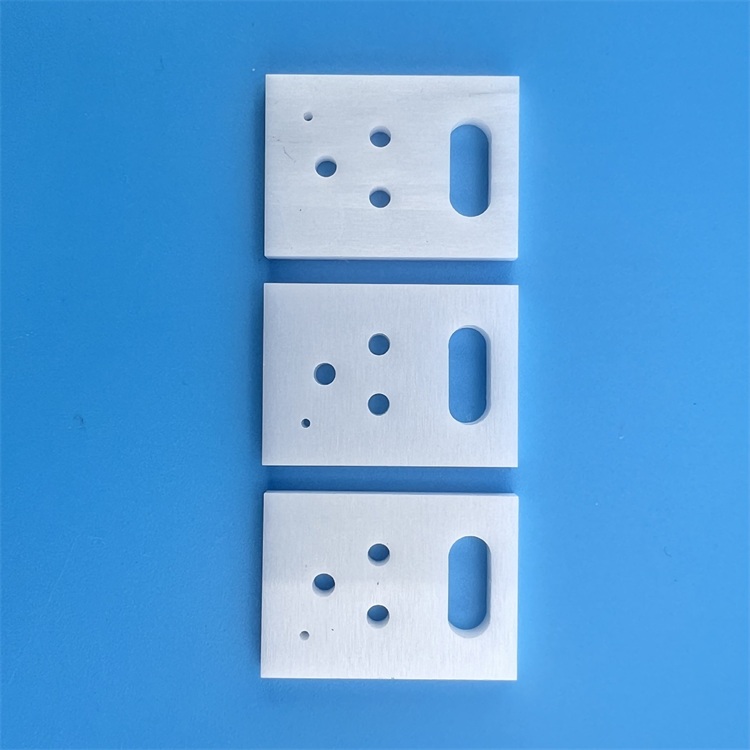
What material-related difficulties or challenges have you encountered during the use of your products? Welcome to leave a message and communicate with us. Let’s explore the infinite possibilities of high-performance materials together!
Brudeze Ceramics supplies and sells a wide range of high-quality quartz glass, including alumina ceramics, zirconia ceramics, silicon nitride ceramics, aluminum nitride ceramics, silicon carbide ceramics, boron carbide ceramics, bioceramics, machinable ceramics, etc. We can meet the customization requirements of various ceramic products.
Tags: boron carbide ceramics
PREVIOUS:The reason for the high price of silicon nitride ceramic structural components
CATEGORIES
LATEST NEWS
- What is Macor processable g...
- The material properties and...
- The reason for the high pri...
- What are the preparation me...
- Why modify aluminum nitride...
- Thermal conductivity values...
- What is the thermal expansi...
- Thermal shock resistance of...
- The average coefficient of ...
- What is high alumina ceramic
